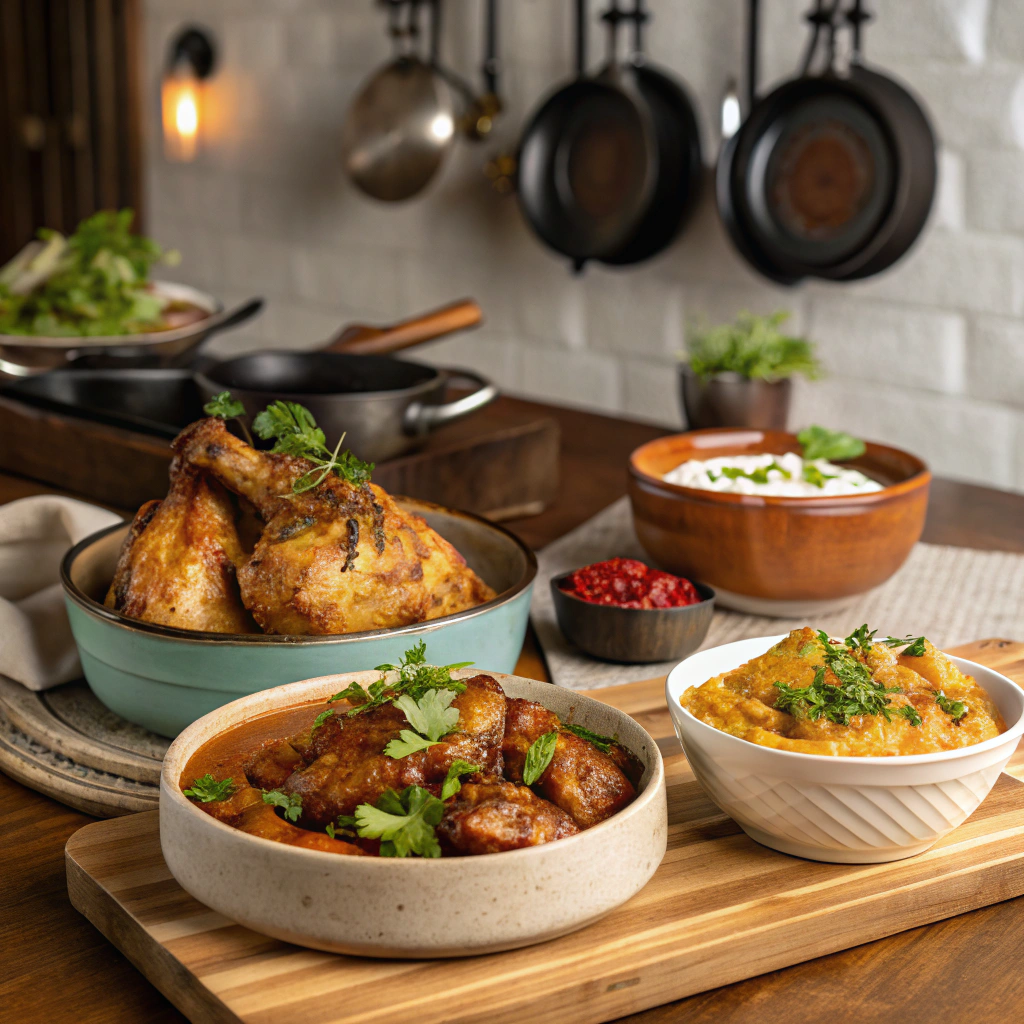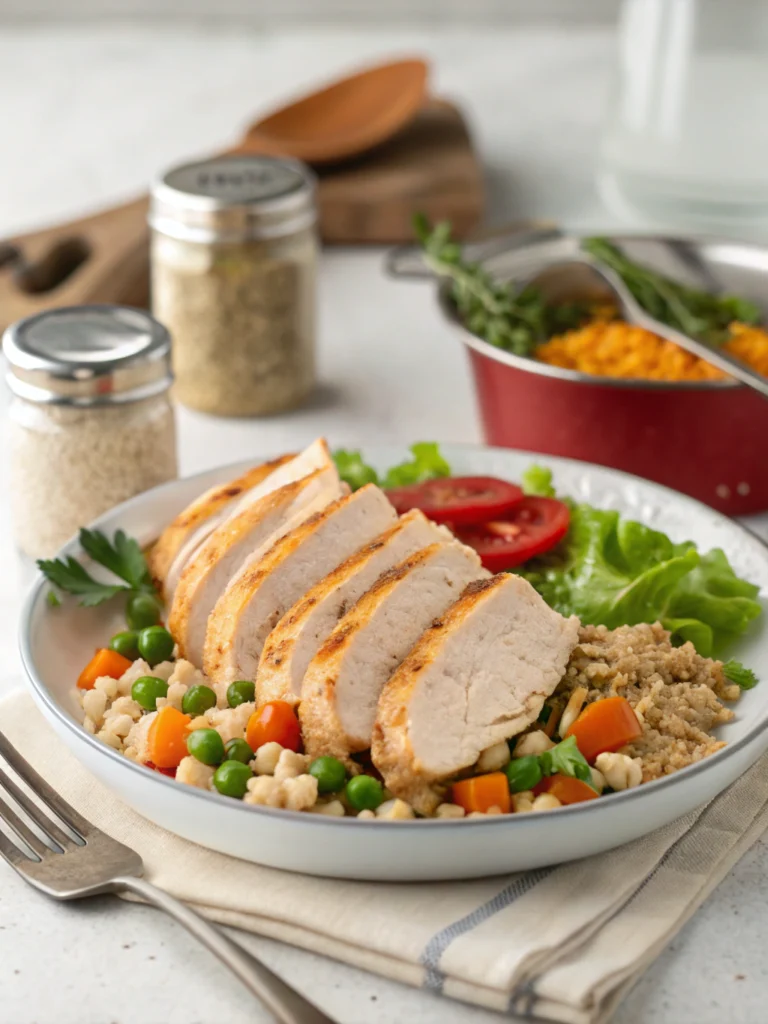Why Are Chicken Worth It? 5 Reasons to Keep Them!
Introduction
Have you ever wondered if raising backyard chickens is truly worth the investment of time, space, and resources? With a remarkable 13% increase in urban chicken keeping over the past five years, more homeowners are questioning whether chickens are worth it for their families. The surprising data shows that beyond the charming farm aesthetic, chickens offer tangible benefits that extend far beyond fresh eggs. As sustainable living practices gain momentum, backyard chickens represent a practical step toward self-sufficiency that delivers both immediate and long-term rewards. If you’re on the fence about whether chickens are worth it for your household, these compelling reasons might just convince you to take the plunge into poultry keeping.
5 Reasons Chickens Are Worth Keeping
1. Fresh, Nutritious Eggs (H3)
The most obvious benefit of keeping chickens is the steady supply of fresh eggs. A healthy hen typically lays between 250-300 eggs annually, providing your family with approximately 5-6 eggs weekly per bird. Studies show that fresh eggs from backyard chickens contain 1/3 more vitamin E, 25% less saturated fat, and significantly more omega-3 fatty acids than store-bought alternatives.
These nutritional differences aren’t just marketing claims – they’re directly related to the chicken’s diet and lifestyle. Free-ranging chickens that consume insects, plants, and supplemental feed produce eggs with deeper yellow yolks and richer taste profiles that store-bought eggs simply can’t match.
2. Natural Pest Control (H3)
Chickens are voracious insect hunters, consuming approximately 80 bugs daily per bird. This natural pest management system can reduce garden pests by up to 70% without chemicals. Many chicken keepers report significant decreases in tick populations, mosquitoes, and garden-destroying insects after introducing chickens to their property.
A flock of just 3-4 chickens can effectively patrol a quarter-acre yard, naturally reducing pest pressure while converting those insects into nutritious eggs. This biological pest control service alone can justify whether chickens are worth it, especially in areas where ticks and other problematic insects are prevalent.
3. Superior Composting and Garden Benefits (H3)
Chicken manure contains three essential plant nutrients – nitrogen, phosphorus, and potassium – in concentrations far exceeding other livestock manures. When properly composted, chicken manure becomes a garden amendment worth approximately $7 per chicken annually if purchased commercially.
Additionally, chickens’ natural scratching behavior helps turn compost piles, accelerating decomposition by up to 30% compared to traditional methods. The integrated chicken-garden system creates a closed-loop ecological cycle that improves soil fertility while reducing household waste by up to 15-20%.
4. Educational Value and Family Bonding (H3)
Families with children consistently report that chickens provide exceptional learning opportunities. Children caring for chickens develop responsibility, empathy, and understanding of natural cycles, with 84% of parents noting improved science comprehension in children who help raise chickens.
The daily rituals of collecting eggs, providing fresh water, and observing chicken behavior create meaningful family activities that connect children to food sources. In our increasingly digital world, this tangible connection to agriculture provides experiential learning that classrooms often cannot duplicate.
5. Economic Benefits and Self-Sufficiency (H3)
While the initial setup costs for a chicken coop and birds average $500-700, the ongoing economic benefits quickly offset this investment. A well-managed flock of 4-6 chickens typically pays for itself within 12-18 months through egg production alone.
At current organic egg prices ($5-7 per dozen), four productive hens can generate approximately $300-400 worth of eggs annually. Factor in the reduced need for fertilizers, pest control products, and the satisfaction of self-sufficiency, and chickens become a surprisingly worthwhile economic proposition.
Timing
Establishing a successful chicken operation requires thoughtful planning. The initial setup typically takes a weekend (8-10 hours) to build or install a coop. Daily care routines average just 10-15 minutes for feeding, watering, and egg collection – 73% less time than most people anticipate before keeping chickens. Seasonal maintenance adds approximately 1-2 hours monthly for deep cleaning and health checks.
For maximum efficiency, many chicken keepers recommend establishing your flock in early spring when chicks are readily available and weather conditions support healthy growth before winter arrives.
Common Mistakes to Avoid
Underestimating Space Requirements (H3)
First-time chicken keepers often provide insufficient space, leading to stress and reduced egg production. Each chicken requires a minimum of 4 square feet in the coop and 10 square feet in an outdoor run. Crowded conditions lead to a 40% drop in egg production and increase disease susceptibility by 65%.
Inadequate Predator Protection (H3)
Predator attacks account for 65% of chicken mortality in backyard flocks. Investing in proper fencing, secure coops, and potentially automatic door systems dramatically improves flock survival rates. Remember that predators attack from above, below, and sides – comprehensive protection is essential to determine whether chickens are worth it long-term.
Neglecting Health Monitoring (H3)
Regular health checks prevent minor issues from becoming flock-wide problems. Establishing a simple monthly health routine that includes checking for parasites, unusual behavior, and proper egg production helps maintain flock vitality with minimal intervention.
Storing and Using Eggs
Fresh backyard eggs don’t require refrigeration if unwashed and used within 2-3 weeks. The natural bloom coating preserves freshness 5 times longer than store-bought eggs. For longer storage, refrigerated unwashed eggs maintain quality for 3-5 months – significantly longer than commercial alternatives.
Excess egg production can be preserved through freezing (yolks and whites separately), water-glassing (a traditional preservation method using lime water), or pickling. Many chicken keepers develop seasonal rhythms, preserving excess spring and summer eggs for winter months when production naturally decreases by 40-60%.
Conclusion
When considering if chickens are worth it, the evidence overwhelmingly suggests these feathered additions deliver multiple benefits that extend far beyond egg production. From transforming kitchen scraps into garden gold, providing children with hands-on learning experiences, to delivering superior nutrition through fresh eggs, chickens represent one of the most accessible and rewarding steps toward sustainable living.
While not without challenges, the modest time investment required for chicken keeping yields substantial returns across economic, educational, and environmental dimensions. For households with suitable space and local regulations that permit poultry, chickens offer a practical entry point to greater self-sufficiency and connection to our food systems.
FAQs
How many eggs can I expect from my chickens?
Most laying breeds produce 250-300 eggs annually during their prime laying years (1-3 years old). Production varies seasonally, with peak laying in spring and summer and reduced output during shorter winter days and molting periods.
Are chickens loud? Will they disturb my neighbors?
Hens produce moderate clucking sounds measuring 60-70 decibels (equivalent to normal conversation). Roosters, however, crow at approximately 90 decibels and are often prohibited in urban areas. A female-only flock creates minimal noise disturbance.
Do I need special permits to keep backyard chickens?
Regulations vary significantly by location. Approximately 93% of major US cities now permit backyard chickens with restrictions on flock size (typically 4-6 birds) and rooster prohibitions. Always check local ordinances before establishing your flock.
How do chickens fare in extreme weather?
With proper housing, chickens adapt well to various climates. Cold-hardy breeds like Wyandottes and Orpingtons thrive in temperatures down to 0°F with appropriate coop insulation, while heat-tolerant varieties such as Leghorns and Rhode Island Reds manage temperatures up to 100°F when provided with shade and ventilation.
What’s the typical lifespan of a backyard chicken?
With good care, chickens typically live 8-10 years, though egg production significantly decreases after 3-4 years. Many keepers maintain mixed-age flocks to ensure consistent egg production while allowing older birds to live out their natural lifespan.






